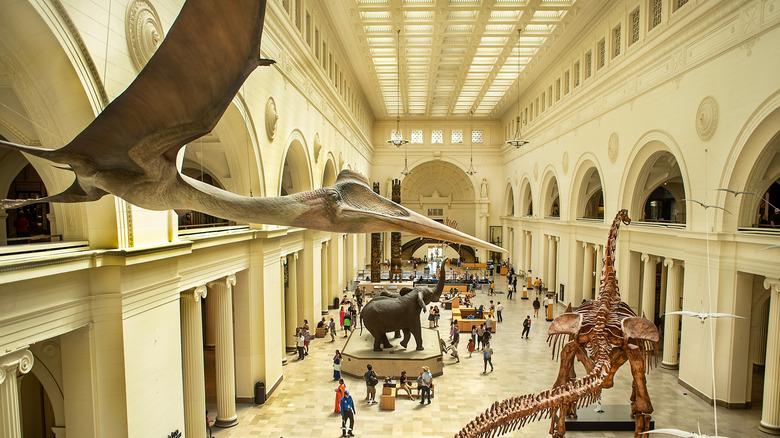Fans of dragons from the fantasy genre will be excited about new discoveries related to the Dinocephalosaurus orientalis. This dinosaur is from the Triassic Period, about 240 million years ago. It hasn’t been called a dragon because it sits on a pile of gold like Smaug or hangs out with Daenerys Targaryen, but because of its extremely long neck.
Although originally identified in 2003, new fossils and ongoing research have led scientists to get a picture of the Dinocephalosaurus orientalis in its entirety. Despite the fossils of this aquatic reptile being discovered in the Guizhou Province of southern China, research regarding it has been an international effort with experts from Scotland, Germany, America, and China all collaborating together. This type of international, long-term effort yields discoveries and avoids pitfalls such as the supposed new species of mosasaur that researchers think now might be a forgery.
With the collection of fossils and continued research, scientists now have a better understanding of what the Dinocephalosaurus orientalis looked like and how it might have lived.
Who was the Dinocephalosaurus orientalis?
The fossil is being studied at the Institute of Vertebrate Palaeontology and Palaeoanthropology, in Beijing. The most impressive thing about this dinosaur is that its neck has 32 vertebrae, which is longer than the combined length of both its body and tail. It is theorized that the Dinocephalosaurus orientalis could grow up to 20 feet in length.
The dinosaur is considered aquatic and it is suspected that it gave birth at sea. Its long neck was likely to be extremely useful in catching fish. Questions have been raised, due to the great length of the neck, if it perhaps employed a type of suction to feed. However, its curved teeth bring this theory into doubt. The teeth are quite long and some protrude from its jaw in a way that is reminiscent of certain dragon creations.
The Dinocephalosaurus orientalis lived during the Triassic Period, which was the time of Pangea, the world’s single giant supercontinent. It might have existed when other dinosaur species were around, like the crocodile-looking phytosaurs, armored aetosaurs, and the flying pterosaurs. What caused the Dinocephalosaurus orientalis to go extinct? There are many theories regarding what caused the Great Dying of the Triassic Period, including volcanic activity and rising sea levels.
The fossil’s impact in the field
The discoveries around the Dinocephalosaurus orientalis show an association with another dinosaur from the same period. Thankfully, this is not as scary as the discovery of a giant trapdoor spider’s fossil that was four times larger than the modern species. The Dinocephalosaurus orientalis is similar to the Tanystropheus hydroides. This other dinosaur was also an aquatic reptile with an extremely long neck used for catching fish. However, the Dinocephalosaurus had more vertebrae, somewhat resembling a snake.
Speaking at the time of the new fossils’ discovery, Dr Nick Fraser — Keeper of Natural Sciences at National Museums Scotland — said, “This discovery allows us to see this remarkable long-necked animal in full for the very first time. It is yet one more example of the weird and wonderful world of the Triassic that continues to baffle palaeontologists. We are certain that it will capture imaginations across the globe due to its striking appearance, reminiscent of the long and snake-like, mythical Chinese Dragon.”











